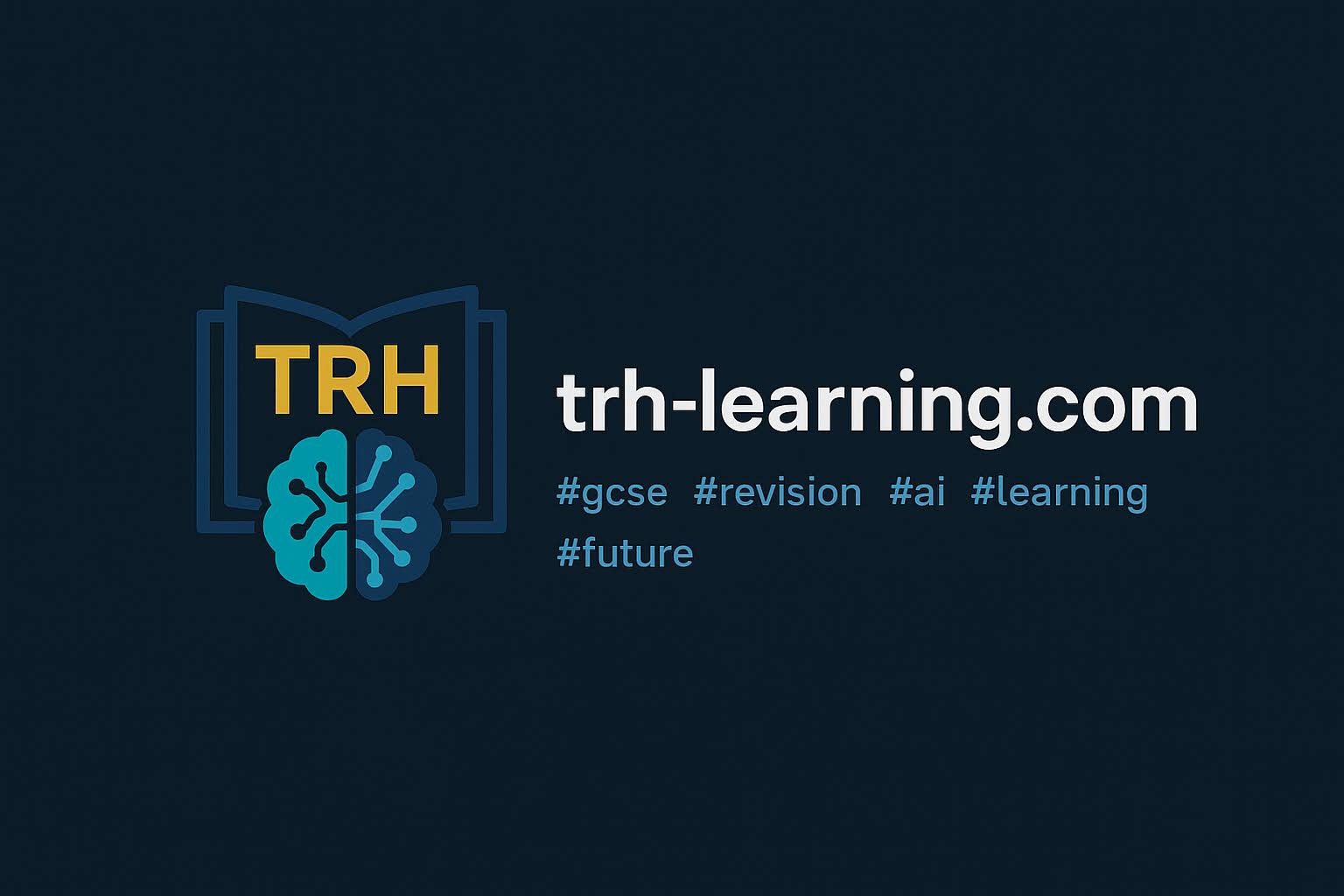"NVIDIA AI Certification: A Deep Dive into Transformer Architectures"
A Deep Dive into Transformer Architectures"
Introduction to Transformer Architectures
Transformer architectures have revolutionized the field of artificial intelligence, particularly in natural language processing (NLP). Understanding these architectures is essential for those pursuing the NVIDIA AI certification, as they form the backbone of many modern AI models.
Key Components of Transformer Architectures
Transformers are built on several key components that enable them to process and generate language effectively:
- Self-Attention Mechanism: This allows the model to weigh the importance of different words in a sentence, providing context and improving understanding.
- Positional Encoding: Since transformers do not inherently understand the order of words, positional encoding is used to give the model a sense of sequence.
- Feed-Forward Neural Networks: These are used to process the information from the self-attention mechanism, enabling complex transformations of the input data.
Applications of Transformer Architectures
Transformers are not limited to NLP; they have applications in various domains, including:

- Image Processing: Vision transformers (ViTs) are used for image classification and other computer vision tasks.
- Speech Recognition: Transformers enhance the accuracy and efficiency of speech-to-text systems.
- Generative Models: Models like GPT-3 use transformers to generate human-like text, enabling applications in content creation and chatbots.
Preparing for NVIDIA AI Certification
To excel in the NVIDIA AI certification, it is crucial to have a deep understanding of transformer architectures. This includes knowing how to implement and optimize these models for various applications. Resources such as official documentation and online courses can provide valuable insights and practical experience.
Conclusion
Mastering transformer architectures is a significant step towards achieving the NVIDIA AI certification. These models are at the forefront of AI innovation, and understanding their intricacies will enhance your ability to deploy effective AI solutions.